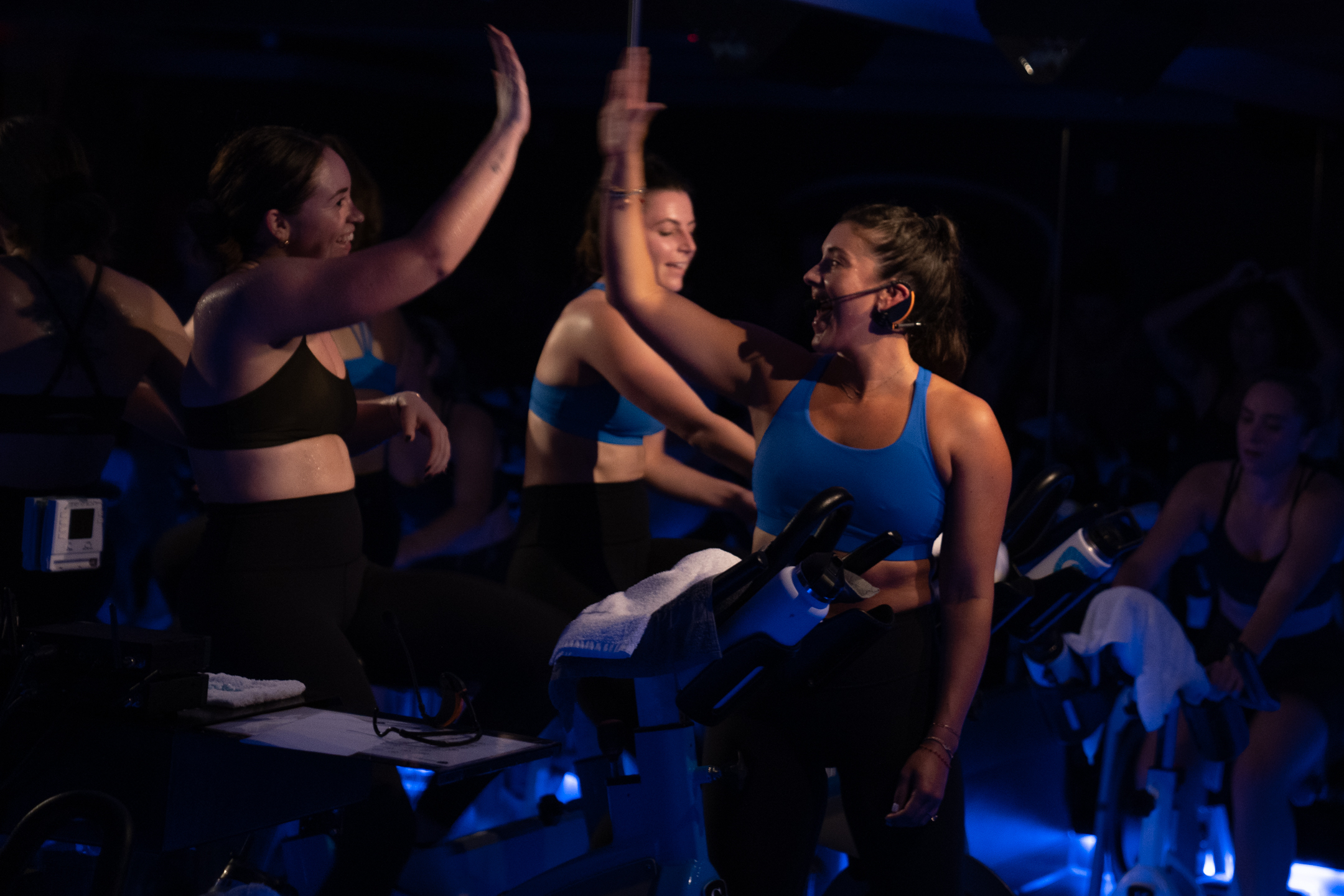In the realm of fitness, cardio exercises often take center stage. Whether you’re aiming to shed some pounds, improve cardiovascular health, or simply boost your overall well-being, cardio workouts can play a significant role in achieving your goals. However, the question of how frequently one should engage in cardio sessions is not a one-size-fits-all answer. Let’s delve into the factors that influence the optimal frequency of cardio workouts and how you can find your cardio sweet spot.
Understanding the Benefits of Cardiovascular Exercise
Before delving into the frequency of cardio workouts, it’s essential to grasp the benefits they offer. Cardiovascular exercises, such as running, cycling, swimming, and brisk walking, elevate your heart rate, thereby enhancing your heart and lung health. They also help in burning calories, aiding weight loss or weight management. Moreover, regular cardio can boost mood, reduce stress, and improve sleep quality.
Factors Influencing Cardio Frequency
- Fitness Goals: Your fitness objectives heavily influence how often you should incorporate cardio into your routine. For instance, if your primary goal is weight loss, you might need to engage in cardio more frequently, aiming for 5+ days of the week. On the other hand, if you’re primarily focused on improving endurance or maintaining overall health, a few sessions per week might suffice.
- Current Fitness Level: Generally, beginners might need to start with fewer sessions per week to allow their bodies to adapt gradually. Conversely, seasoned fitness enthusiasts or athletes may be capable of handling more frequent and intense cardio workouts. However, ultimately the right approach is what makes YOU feel the best.
- Recovery Ability: Adequate rest and recovery are crucial for preventing overtraining and injury. Your body’s ability to recover between sessions plays a significant role in determining how often you can engage in cardio workouts. If you find yourself feeling excessively fatigued or sore, it might be a sign that you are needing more rest in between your workouts.
- Time Availability: Realistically assessing how much time you can dedicate to exercise each week is vital. Balancing work, family commitments, and other activities alongside your workout regimen ensures sustainability. Opt for a cardio frequency that fits seamlessly into your schedule without causing undue stress.
Finding Your Cardio Sweet Spot
- Start Slow: If you’re new to cardio or returning after a hiatus, begin with two to three sessions per week. Gradually increase the frequency as your fitness improves and your body adapts.
- Listen to Your Body: Pay attention to how your body responds to your workouts. If you feel excessively fatigued, experience persistent soreness, or notice any signs of overtraining, scale back the frequency or intensity of your cardio sessions.
- Set Realistic Goals: Align your cardio frequency with your specific fitness goals. Whether it’s weight loss, improved endurance, or enhanced overall health, establish clear objectives and tailor your workout regimen accordingly.
- Mix It Up: Variety is key to preventing boredom and avoiding plateaus. Incorporate a mix of cardio activities to keep things interesting and challenge different muscle groups.
- Consult a Professional: If you’re unsure about the appropriate frequency of cardio workouts for your goals and fitness level, consider consulting a fitness trainer or healthcare provider. They can offer personalized guidance based on your individual circumstances.
Conclusion
There is no universal prescription for how many times a week one should do cardio. The optimal frequency varies depending on factors such as fitness goals, current fitness level, recovery ability, and time availability. By listening to your body, setting realistic goals, and gradually increasing the frequency as you progress, you can find your cardio sweet spot and reap the myriad benefits of cardiovascular exercise. Remember, consistency is key, so find a frequency that works for you and stick with it for long-term success in your fitness journey.






